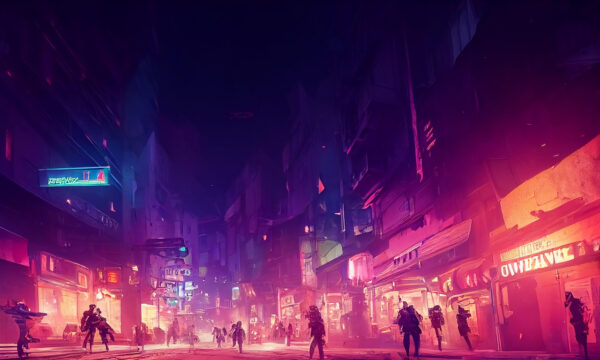How gaming and art intersect: The creative designs behind video games

In today’s digital age, gaming has evolved beyond just entertainment – it’s become an immersive, visually stunning art form. This is evident across all types of video games, from action-packed adventures to serene explorations, where cutting-edge technology meets artistic creativity to deliver an unparalleled experience for players. Platforms like High Roller’s online real money casino games and slots exemplify how design, exemplify how design, storytelling, and artistry come together in gaming.
The artistry behind game design
The evolution of video games from simple graphics to digital masterpieces reflects the industry’s focus on aesthetics. Developers collaborate with graphic designers, illustrators, and animators to craft intricate worlds and characters. From the dark, rich worlds of fantasy RPGs to the sleek, minimalistic design of puzzle games, every detail is designed to captivate and engage players.
The role of storytelling
Modern video games often incorporate deep storytelling, turning gameplay into a narrative experience. For example, RPGs often involve complex lore and character development, drawing players into the game’s world. The use of cinematic-quality visuals and character designs transforms simple gameplay into an engaging story.
Inspiration from diverse cultures and art movements
Video games draw inspiration from a wide array of cultural sources and artistic movements. Some may explore the stark aesthetics of modernism, while others might draw from the rich palettes of impressionism. Cultural themes, such as traditional Asian landscapes or the mythology of various civilisations, enrich the gaming experience, appealing to a global audience. This multicultural influence ensures that video games remain fresh and exciting.
Technology meets creativity
Advancements in technology have allowed developers to push artistic boundaries further. High-definition graphics, 3D animations, and augmented reality capabilities allow players to interact with art in novel ways. For example, augmented reality games bring artwork to life, enabling players to feel as though they are part of a dynamic environment. Such innovations show how gaming platforms use technology to turn art into an engaging, interactive medium.
Iconic examples of art in games
•Shadow of the Colossus – Known for its breathtaking landscapes and giant creatures, this game blends a minimalistic storyline with a rich visual environment.
•Journey – Celebrated for its artistic style and emotional depth, this game uses vibrant visuals and a unique soundtrack to enhance its storytelling.
•Cuphead – Inspired by 1930s cartoons, its unique hand-drawn animation style stands out in the gaming world.
These examples highlight the diverse artistic approaches that have become integral in modern video games.
Gaming as a platform for artistic expression
Beyond entertainment, video games serve as a platform for artists and designers to showcase their creativity and technical skill. Much like other forms of digital media, game design has emerged as a modern niche art form. Developers and artists gain recognition for their innovative designs, helping to bridge the gap between gaming and traditional art industries.
Conclusion
The intersection of gaming and art has transformed the video game industry. Platforms like High Roller offer a space where creativity thrives, merging artistry with technology to create memorable experiences for players. As gaming continues to evolve, it also cements its role as a powerful medium for artistic expression, paving the way for groundbreaking designs and themes.
For further insights into the art and science of game design, check out this in-depth analysis of design strategies.
This blend of culture, creativity, and cutting-edge technology ensures that the artistry behind modern video games will continue to captivate and enrich the gaming landscape for years to come.
The editorial unit

























Facebook
Twitter
Instagram
YouTube
RSS